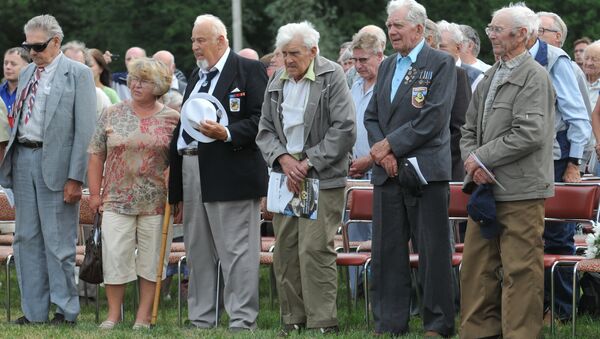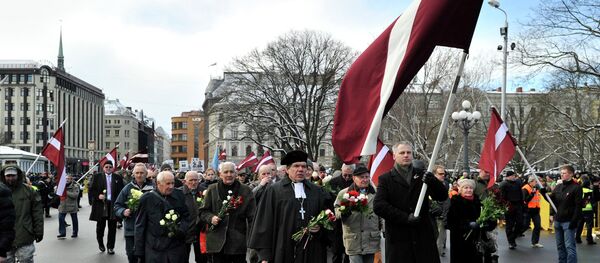
Dr. Maripuu noted that among his findings of the estimated 30,000 killed, about 15,000 were Soviet military personnel, about a thousand were Estonian Jews, and another 7,500-8,000 were Jews from other countries who were being held in Estonian concentration camps.
The historian noted that "as for the 7,000 remaining victims, the situation is complicated. Many of them were people who became victims of lynchings and mob violence, especially during the summer campaign of 1941, when [newly formed] self-defense groups were able to carry out raids, detaining and executing people on the spot with relative ease."
Dr. Maripuu has stated that apart from the Russians and Jews, many ethnic Estonians suspected of working for the Soviets were also systematically murdered. "These could be members of the communist party and young people in the Komsomol [a communist youth organization], who were closely linked to the Soviet system, but could also be, for example, the head of a local house of culture, who under Soviet rule organized meetings or carried out introductions to talks. It could be new land owners, who were granted land [from wealthy landholders following the Soviet occupation], informed on by the former plot owners."
In the historian's view, part of the difficulty in contemporary Estonia in speaking about Estonians' involvement in crimes during the war stems from the Soviet past: "On the one hand, during Soviet times, for political reasons, we liked to speak about the suffering caused by the German occupation; on the other hand, in Soviet times we had no opportunity to learn anything about who [the killers] were."
During the Second World War, the German occupation of Estonia saw with it the creation of the Omakaitse self-defense militia, along with 26 battalions of the Estonian Auxiliary Police. Soviet and Russian historians have estimated that these and other units loyal to the German occupation forces were responsible for the killing of 61,000 civilians, along with 64,000 Soviet POWs. Nevertheless Estonians are also known for having fought valiantly in the ranks of the Red Army, both in regular units and in the specially created 8th Estonian Rifle Corps.



